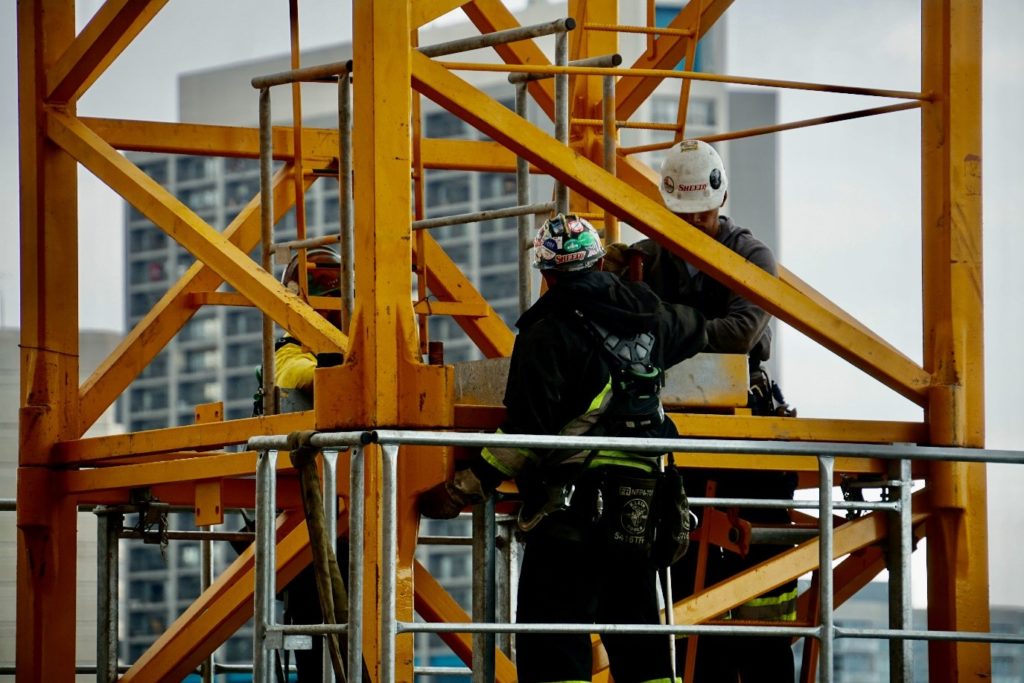The 5 Key Principles of Maintenance Planning

Average reading time 8 minutes

<The 5 Key Principles of Maintenance Planning>
Planning and scheduling are the anchors for any asset-intensive organization. Maintenance scheduling for Oil and Gas companies will be like other asset-intensive organizations but should be tweaked to align with the industry. Scheduling can make or break a maintenance organization. Good scheduling increases asset reliability and uptime. Poor scheduling increases costs and risks to the operation. Therefore, it is imperative that Engineering and Project Managers are aware of what makes or break these maintenance scheduling programs.
Currently, most organizations do not have a comprehensive maintenance planning, scheduling and reliability programme in place. Thus, with the absence of an effective maintenance planning program, equipment availability and maintenance productivity will not be functioning at its optimum. Furthermore, creators of the maintenance plan will not be able to plan for the right number of personnel and man-hours required to execute a job. Additionally, a high cost of maintenance for the organization will be incurred when equipment parts and consumables are acquired in excess.
There are 5 principles associated with maintenance planning that all Engineering and Project Managers should be aware of.
- Having a separate unit for the planning unit
- Focus on future tasks for the equipment
- Maintenance development and analysis
- Maintain Component Level Files
- Recognise the skill required for the craft
Having a separate unit for the planning unit
The first principle that is often associated with maintenance planning in the oil and gas industry is the separation of the planning unit from the execution unit. They could be placed in the same department; however, they must not be one unit, and should exist as two separate units. This is to ensure that there is a clear separation of duties and accountability.
Planners should be organized into a separate department from the oil and gas equipment maintenance crew so that they can specialize in simply planning and scheduling. Planners should plan the work, while the execution team executes the planned work. Additionally, planners should report to a different supervisor from the execution team–a key best practices indicator. This avoids the possibility of reassigning a planner to a toolbox.
Focus on future tasks for the equipment
Planners should concentrate on work that has yet to begin. By doing so, planners ensure that they have adequate amounts of equipment spares which are stocked based on the planner’s knowledge on such equipment and historical data. This would allow them to have planned for maintenance within a timeframe of at least one week (3-4 is better) and be ready for execution. This ensures that critical data is shared among assets and the organization.
Maintenance Development and Analysis
An important aspect of maintenance planning is the maintenance development and analysis also known as MDA. MDAs are responsible for developing maintenance plans for all equipment in the oil and gas plant that need to be maintained to ensure that the plant is operating at maximum efficiency. To be effective, these MDAs need to periodically receive input from the plants leadership on new equipment’s that needs to be included in the maintenance-planning tool. Decommissioned or out of service equipment should be updated or removed from maintenance plans so as not to waste any valuable time or confuse the execution teams in these oil and gas plants.
Maintain component level files
Another principle that is often associated with maintenance planning is to organize assets on an individual component level and not by manufacturer or vendor – this is in fact one of the few best practices in the oil and gas industry. This type of ordered information will allow planners to utilize equipment data and information learned on previous work to prepare and improve work plans, especially for tasks which are highly repetitive.
Historical information consists of both work order history and equipment databases, and it is important when making repair or replace decisions. Thus, by organising assets on an individual component level, supervisors and engineers can be trained to use these component level files to gather information they require without any assistance from a planning unit member.
Recognise the skill required for the craft
The last principle that Engineering and Project Managers should be aware of is that planners should be able to recognise the skills required for the maintenance work. All work should be planned with a minimal level of detail in the job plans. Planners need to determine the scope of the work request and the strategy of the work. Therefore, most planners should typically be senior level technicians who can use their personal experience to develop work plans that will avoid anticipated work delays, quality or safety problems.
These technicians should also be trained in the appropriate planning techniques. By doing so, these senior technicians will be better able to foresee the required skills required in the oil and gas maintenance and how much management the job requires. Furthermore, they will understand and determine scope of the work request and the strategy of execution.
To read our other similar blogs, do check out our blog on why maintenance and reliability management is important.
To find out more about planning and scheduling for maintenance services in the oil and gas industry, do check out our courses below.
Interested to find out more?


